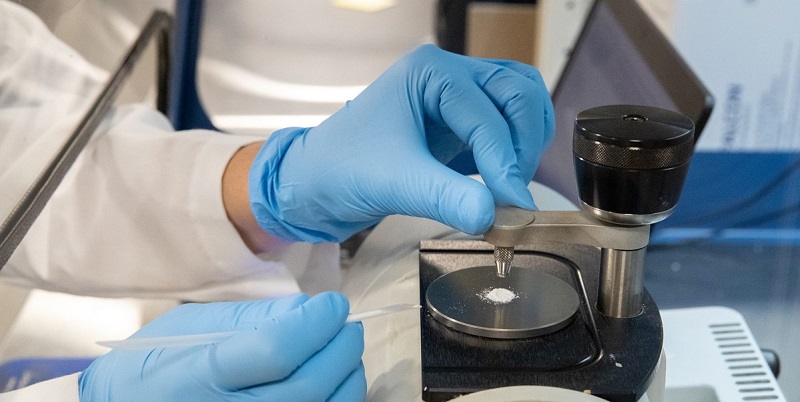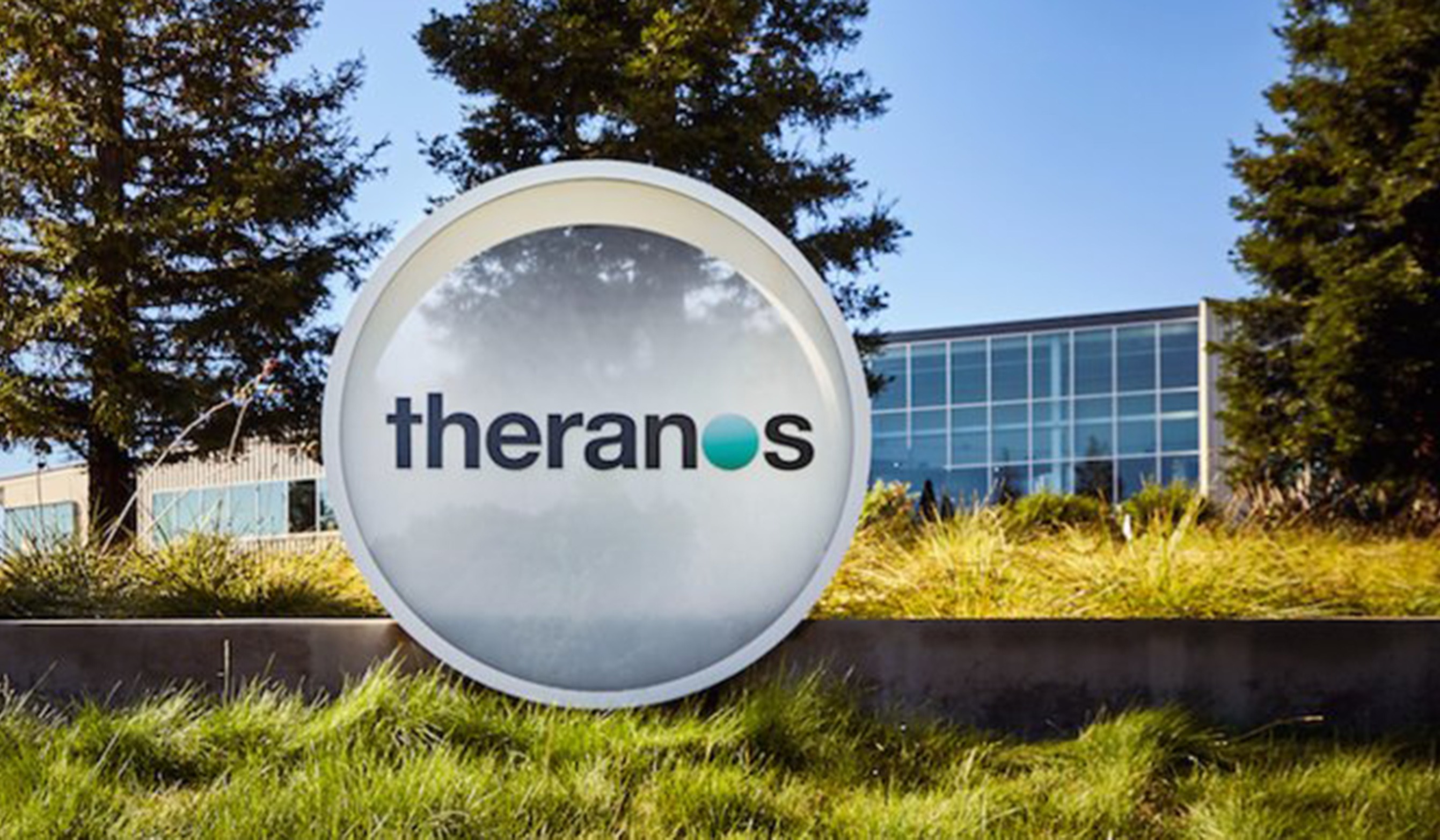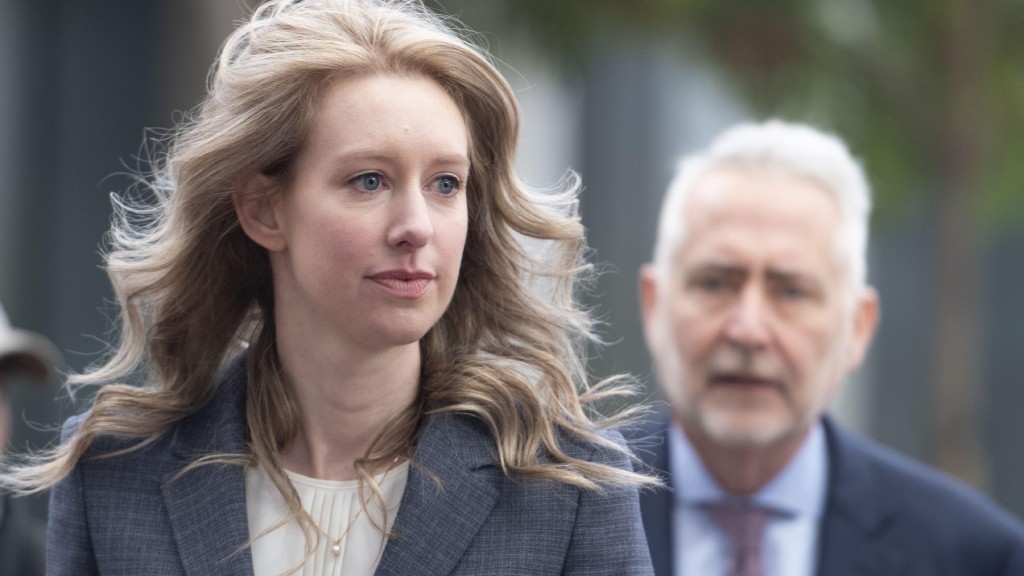
The story of Theranos really got people’s attention; it promised a health revolution. With just one tiny drop of blood, medical science might change. Elizabeth Holmes, she was at the core of everything. She carefully built an image of a determined inventor and a smart leader. Magazines put her on covers, and people compared her to big tech people. Many saw her as the peak of starting a business and winning. She was the youngest female person to make one billion herself in the U.S.
The public thought Theranos was changing healthcare for good, but things were far different within the company. Under glowing magazines and Elizabeth Holmes’ charming smile, questions grew louder among those who worked directly with the systems and patient samples. People working with actual systems and patient samples felt deep concern. The ‘starry-eyed’ feeling new employees had turned to disappointment quickly. Inside that headquarters, reality began to really diverge.
Erika Cheung, a chemist from UC Berkeley, joined Theranos. She saw Elizabeth Holmes as a perfect role model at 22. Holmes seemed like a woman leader starting a biotech revolution. The goal of making healthcare easy and cheap appealed deeply. However, daily lab work didn’t match this nice idea. Within weeks she started feeling things ‘turn’ sour.

Erika first worked in research, where failure happens. But patient samples from Walgreens arrived later. Running quality tests before patient samples failed nonstop. She stayed up until 3 AM trying to make the controls work. They just weren’t consistently functioning how they should. This involved real patient data processed on systems that weren’t reliable.
Inside the company, strange practices were happening. Data was deleted as ‘outliers’ to hide bad results. Also, untrained staff made big decisions on lab work. Upper-level management was saying, “Just get the results out,” at any cost. They wanted speed and output more than accuracy or safety. This created a truly awful place for those who knew the danger.
Erika wasn’t alone in her growing concerns. Her close friend, Tyler Shultz, also an employee, was raising similar doubts. Tyler’s unique position came because of his grandfather, George Shultz. Mr. Shultz was an investor and respected board member for Holmes. This family link gave Tyler ways to voice his worries. He even ate Thanksgiving dinner one time with Elizabeth Holmes.
Tyler telling his grandfather about the issues made things tense. George Shultz first believed Elizabeth Holmes instead of his grandson. This caused a quite painful separation between them. The family strain lasted a long time, longer than many people think. His grandfather only realized the truth around seven months before this interview. They ate dinner together again later, but it felt different now. For George Shultz, supporting Theranos felt like one final, hard project.

Outside the company, questions started growing. John Carreyrou, a WSJ reporter, looked past the glowing narrative. He thought the company being secret was very strange. Medical companies usually aren’t this way, he noted. Holmes could not explain her technology clearly when asked. Her answer about ‘chemistry’ was vague and unhelpful to him. This lack of openness led Carreyrou to investigate the lab methods closely.
The investigation by the Journal faced pushback right away. David Boies, a powerful lawyer on the board, visited their newsroom. He met with the editor too, trying to stop things, it seemed. But the Journal published Carreyrou’s article anyway on October 16, 2015. The headline said, ‘HOT STARTUP THERANOS HAS STRUGGLED WITH ITS BLOOD-TEST TECHNOLOGY.’ It said their tech was bad, and they used others’ machines mostly. This hit Silicon Valley hard; Holmes was a hero there.
After the article, things change fast inside headquarters. Holmes went into a conference room for two full days. Her inner circle, Balwani, lawyers, and crisis people joined her there. The room was like a ‘war room’ with old food and coffee cups. Most people stayed straight for 48 hours, leaving just briefly. Holmes listened to ideas, like finding scientists to defend them. But Theranos blocked scientists from publishing papers on their tech anyway.

With no science defense, Holmes went back to her story. She flew to Harvard for an appearance during this time. An interview on CNBC’s Mad Money was also set up. Holmes used a quote, like Steve Jobs often said. ‘This is what happens when you try to change things,’ she claimed. ‘First they think you’re crazy, then fight you, then you change the world.’ She didn’t directly answer if the article’s charge was true.
Back in Palo Alto, Holmes decided she must speak to employees. An email told staff to come to the cafeteria right away. Holmes gave a speech there in her low voice, Balwani next to her. She said they’d change the world, and the Journal was wrong. Balwani repeated what she just said. Then something quite strange happened among the staff. Employees began chanting vulgar sentences louder and louder.
This chanting showed how much loyalty Holmes built inside. It also reflected Silicon Valley’s unique way of working. Narrative acts like a ‘lubricant’ there, helping things move. Business often seems like a big ‘confidence game.’ VCs, entrepreneurs, and tech media support each other constantly. Calling out problems isn’t usually in anyone’s best interest. The system helps ‘buoy one another’ up, they say.

Elizabeth Holmes fit into this valley dynamic perfectly. She arrived around 2003 with an ideal story. A young woman wanting to change the world, using blood testing. She acted like Steve Jobs often did with her clothes and work hours. This persona and story drew big investors like Tim Draper. Magazine covers and TV shows featured her face everywhere. Her popularity also met the Valley’s wish for a female hero.
The science behind her idea had big problems from day one. Stanford professors felt very skeptical about it. Phyllis Gardner, a medicine professor, said, ‘Your idea won’t work.’ Getting accurate tests from one finger prick is almost impossible. Cell breakdown and contamination make it very hard. Despite this expert feedback, Holmes stayed fully determined. She found one adviser, Channing Robertson, who supported her idea.
Holmes raised a lot of money, nearly $700 million total. She did this under strange conditions for investors. She didn’t have to tell them how her technology actually worked. She kept final say and total control over everything. This secrecy stopped some people from investing. But many others still gave her money anyway. Maybe the story or big money promised made them overlook this.

The cracks started showing thanks to whistleblowers and the Journal. The truth about failing tests and bad data came out. It showed the image didn’t match the real company inside. Management fought back hard against everyone. Tyler Shultz’s family issues proved how much pressure existed. The chanting against Carreyrou showed their strong refusal to see problems. Their carefully built story fell apart, leading to legal action later.
The Theranos story still affects biotech and venture capital today. Investors are very careful now, they say. They often ask if a new company is ‘the next Theranos.’ Concerns grew too about bias against female founders who are very charismatic. Erika Cheung and Tyler Shultz now work to stop this from happening again. They started something called Ethics in Entrepreneurship for others. It gives tools to help entrepreneurs understand ethics early on.
Related posts:
From protégée to whistleblower: A former Theranos scientist says Elizabeth Holmes should ‘come forward and apologize’
Elizabeth Holmes has started her 11-year prison sentence. Here’s what to know
Elizabeth Holmes ordered dinners for Theranos staff but made sure they weren’t delivered until after 8 p.m. so they worked late: book



